Grasshoppers are a common sight in many parts of the world, often hopping around fields, gardens, and sometimes even our homes. While they might seem harmless or even fascinating at first glance, these insects can pose significant challenges when they invade our spaces. At Elevate Pest Control, we understand the importance of managing pest populations to protect your property and maintain a healthy environment. Let’s dive into the world of grasshoppers and explore what makes them unique, the problems they can cause, and how to manage their presence effectively.
Understanding Grasshoppers
Grasshoppers belong to the order Orthoptera, which also includes crickets and locusts. They are known for their powerful hind legs that allow them to jump great distances, their characteristic chirping sounds, and their voracious appetite for vegetation.
Life Cycle: Grasshoppers undergo incomplete metamorphosis, which means they develop through three stages: egg, nymph, and adult. The females lay eggs in the soil, which hatch into nymphs. These nymphs look like miniature versions of adult grasshoppers but without wings. As they grow, they molt several times before reaching adulthood.
Diet: These insects primarily feed on grasses and other plants. In agricultural settings, they can cause significant damage to crops by consuming leaves, stems, and even seeds. Their feeding habits can lead to substantial economic losses, especially during outbreaks.
Behavior: Grasshoppers are most active during the day, preferring warm and sunny conditions. They rely on their excellent vision and jumping ability to escape predators and find food.
The Problems Grasshoppers Can Cause
While a few grasshoppers in your garden might not seem like a big deal, a large population can quickly become problematic. Here are some of the issues they can cause:
- Crop Damage: Grasshoppers can devastate gardens and agricultural fields, consuming a wide range of plants. They are particularly troublesome for farmers, as they can strip crops of their foliage, reducing yield and quality.
- Landscape Damage: In residential areas, grasshoppers can damage lawns, ornamental plants, and shrubs. Their feeding can create unsightly patches in your landscape, affecting the aesthetic appeal of your property.
- Economic Impact: For both homeowners and farmers, the presence of grasshoppers can lead to increased costs. Homeowners may need to invest in pest control services and replacement plants, while farmers may face reduced crop yields and increased expenses for pest management.
Managing Grasshopper Populations
Effective grasshopper control involves a combination of preventative measures and active management. Here are some strategies to consider:
- Cultural Practices: Maintain healthy soil and practice crop rotation to reduce grasshopper habitats. Remove weeds and tall grasses around your property, as these can serve as breeding grounds for grasshoppers.
- Physical Barriers: Use screens or row covers to protect vulnerable plants in your garden. These barriers can help prevent grasshoppers from reaching and damaging your crops.
- Biological Control: Encourage natural predators of grasshoppers, such as birds, spiders, and beneficial insects, by creating a diverse and healthy ecosystem in your garden. This can help keep grasshopper populations in check.
- Professional Pest Control: For severe infestations, it’s best to seek the help of a professional pest control service. At Elevate Pest Control, we offer expert solutions tailored to your specific needs, ensuring effective and long-lasting results.
Grasshoppers, with their fascinating biology and behaviors, are an integral part of many ecosystems. However, when their populations become too large, they can cause significant damage to crops and landscapes. By understanding their life cycle and habits, you can take proactive steps to manage their presence and protect your property. If you’re facing a grasshopper problem, don’t hesitate to reach out to Elevate Pest Control. Our team of experts is here to help you keep your environment safe and beautiful.
If you enjoyed this blog post and want to learn more about pest control and how to protect your property from various pests, be sure to check out our other posts and resources on the Elevate Pest Control website. Your peace of mind is our top priority!
+ SPRING
Moisture in the spring enhances breeding grounds for insects. This is the time when pests are laying their eggs and developing their nests. It is important to stay on top of pests before these eggs and immature nymphs develop into breeding adults.
+ SUMMER
Pests are in high gear in the summer. If the immature stages of the pests were not controlled earlier, they are now reproductive adults. The offspring of these reproducing adults are out foraging for food and water to continue their exponential development.
+ AUTUMN
As the evenings and mornings begin to cool, insects get the signal it is time to find a nesting site for the winter. The warmth and protection of your home becomes a very attractive harborage. Spiders actually follow their prey as they move into warmer structures.
+ WINTER
Colder weather has arrived and the pests are set in their nesting sites. Insects do not die off in the winter and magically reappear in the spring – they continue to feed and breed, although at a slower pace. Pests who have found their way into your home enjoy the warmth and continue to function.

